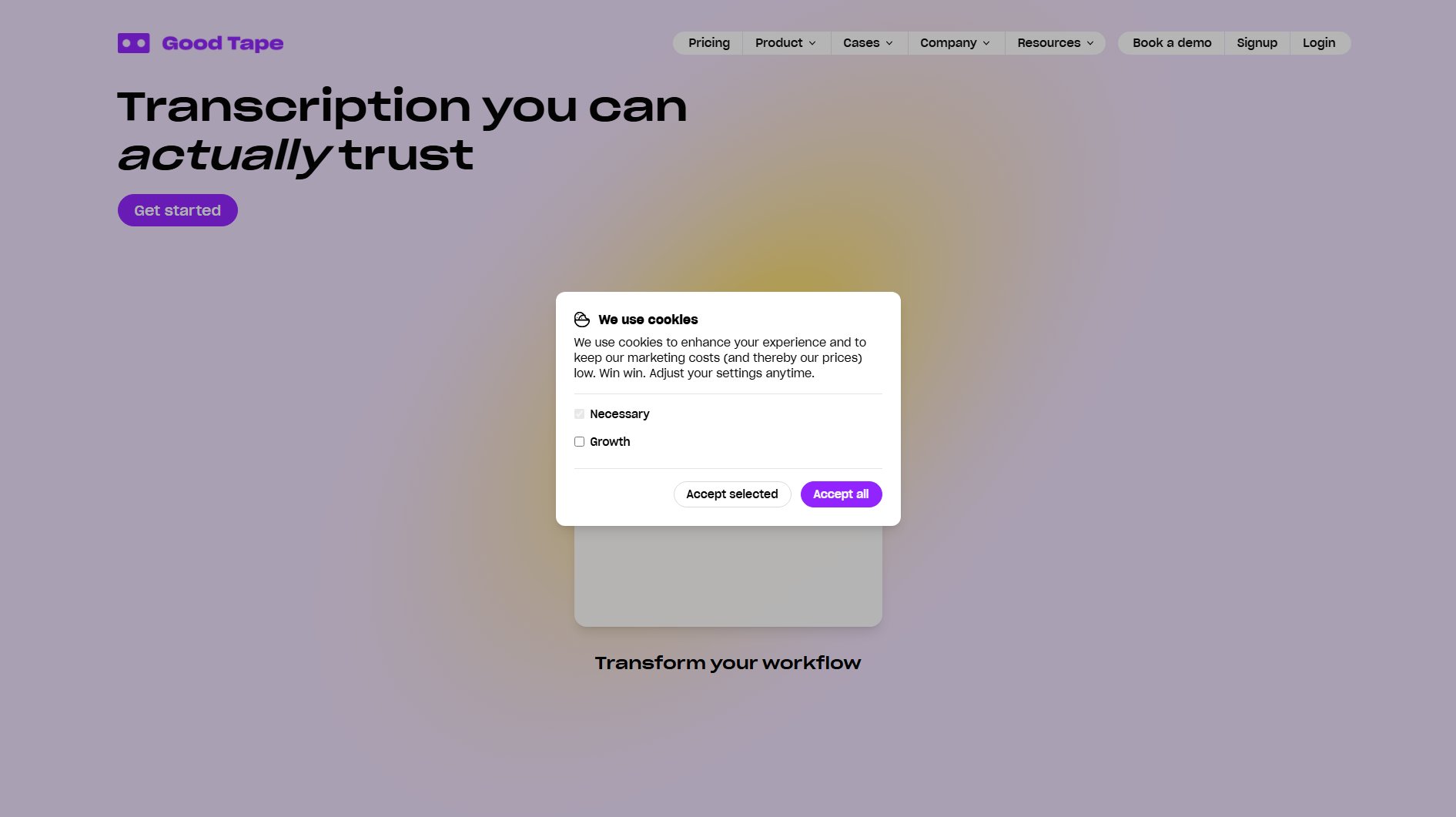Color Blindness Test
Professional online Ishihara color vision testing tool
What is Color Blindness Test? Complete Overview
The Color Blindness Test is a professional online tool designed to assess color vision deficiencies using the Ishihara test method. This free screening tool helps users quickly identify potential color vision problems in just 3 minutes. The test is particularly valuable for individuals considering careers that require accurate color perception, such as pilots, medical professionals, and electricians. With its comprehensive 16-question format based on professional Ishihara standards, the tool can detect various types of color blindness including protanopia and deuteranopia. The platform supports multiple languages (Chinese, English, and Japanese) and provides instant results with detailed analysis, making it accessible to a global audience without requiring registration.
Color Blindness Test Interface & Screenshots

Color Blindness Test Official screenshot of the tool interface
What Can Color Blindness Test Do? Key Features
Professional Ishihara Test
The test includes 16 carefully designed questions based on Ishihara test standards, ensuring accurate detection of various color vision deficiencies including protanopia (red-blindness) and deuteranopia (green-blindness). This professional approach provides reliable results comparable to clinical color vision tests.
Multi-language Support
The platform offers localized testing experiences in Chinese, English, and Japanese, making it accessible to users worldwide. This feature is particularly valuable for non-English speakers who need accurate color vision assessment in their native language.
Instant Results
Users receive immediate feedback upon test completion, including a detailed analysis of their color vision status. The system generates comprehensive reports without requiring any registration or personal information, ensuring privacy and convenience.
Comprehensive Color Blindness Information
The platform provides detailed educational content about different types of color blindness, including prevalence statistics (8.5% for red-green, 0.01% for blue-yellow, and 0.003% for complete color blindness) and their genetic inheritance patterns.
Best Color Blindness Test Use Cases & Applications
Career Preparation
Individuals considering careers that require accurate color perception (such as aviation, medicine, or electrical work) can use this test for preliminary screening before official medical examinations.
Educational Assessment
Teachers or parents can use this tool to assess children's color vision, especially when there's a family history of color blindness, helping identify potential learning challenges related to color recognition.
Personal Health Awareness
Adults who suspect they might have undiagnosed color vision deficiencies can conveniently test themselves and gain better understanding of their visual perception capabilities.
How to Use Color Blindness Test: Step-by-Step Guide
Access the test by visiting the website (https://color-blindness-test.com) and click on the 'Start Test' button to begin your color vision assessment.
Select your preferred language from the available options (Chinese, English, or Japanese) to ensure you understand all test instructions clearly.
Complete all 16 Ishihara test questions by identifying the numbers or patterns you see in each color plate. Take your time with each question for accurate results.
Submit your answers when finished. The system will automatically analyze your responses and generate your color vision assessment report.
Review your instant results, which will indicate whether you show signs of color vision deficiency and specify the type if detected. The report also provides additional educational information about color blindness.
Color Blindness Test Pros and Cons: Honest Review
Pros
Considerations
Is Color Blindness Test Worth It? FAQ & Reviews
Color blindness is a hereditary visual defect where patients cannot normally distinguish certain colors, with red-green color blindness being the most common. This condition is usually caused by genetic mutations that affect the function of cone cells in the retina.
Yes, color blindness is an X-linked recessive genetic disease, mainly transmitted from mothers to sons. If the father is color blind, daughters will become carriers but usually do not exhibit color blindness symptoms.
Many careers require accurate color vision test results, including pilots, ship operators, drivers, medical professionals, electricians, and chemical engineers. These professions often mandate Ishihara test screening or comprehensive color blindness tests.
The test uses professional Ishihara plates and follows standard testing protocols, providing accuracy comparable to clinical tests. However, for official medical or occupational requirements, we recommend consulting an eye care professional.
Yes, the test is suitable for children who can recognize numbers. Early detection of color vision deficiencies can help parents and educators make appropriate accommodations for color-related learning activities.








